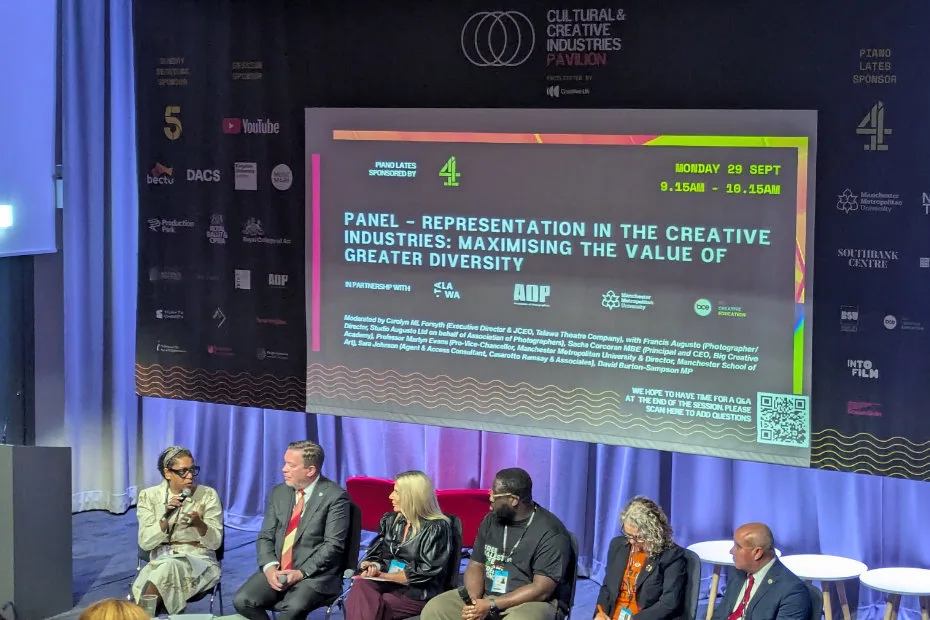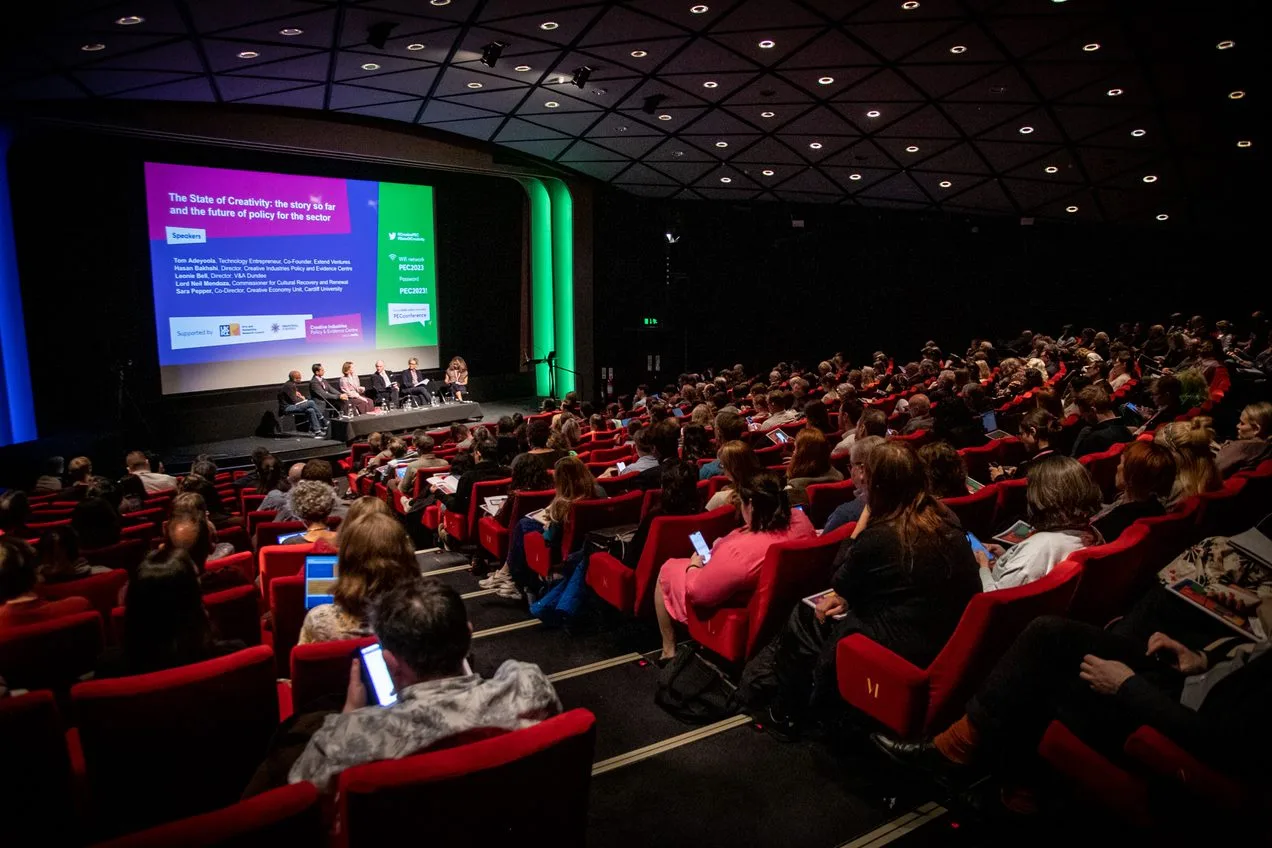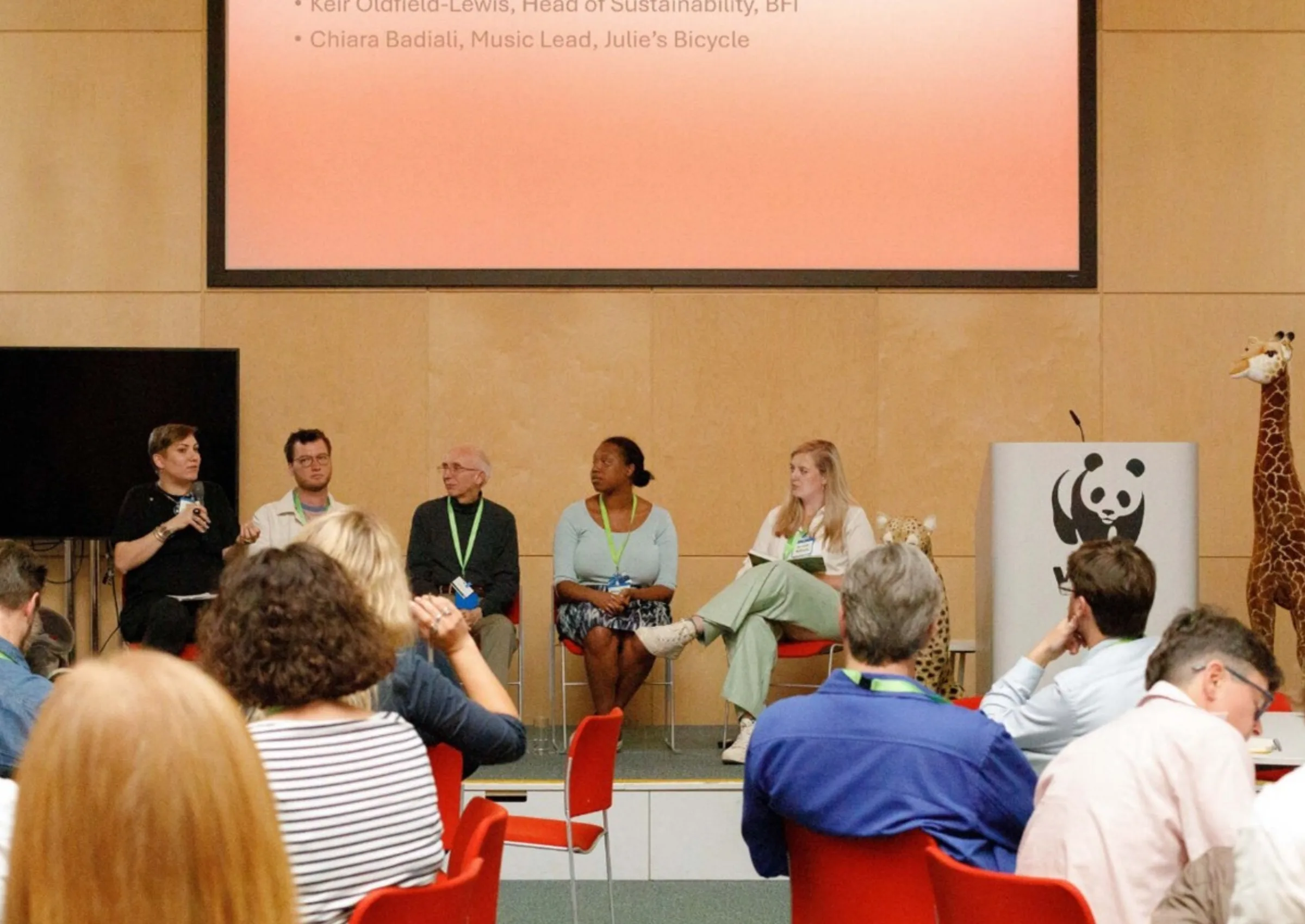The UK’s creative industries are hugely innovative; PEC research has suggested that over two-thirds of creative industries businesses conduct R&D. But despite this, uptake of R&D tax credits, which encourage business investment in R&D, appears to be low in creative industries firms. Previous research funded by DCMS found that only 14% of creative industries businesses surveyed were eligible for R&D tax relief.
Why is this? The PEC believes that one reason is because the UK’s system for funding and recognising R&D is geared toward supporting R&D in science, technology, engineering and mathematics (STEM), but not disciplines like arts, humanities and social science (AHSS), which are not currently recognised in the UK’s R&D tax credit schemes. But there is growing evidence that AHSS plays a critical role in R&D, from the Royal Shakespeare Company creating new experiences to thrill audiences to Netflix combining creative skills alongside state-of-the-art film production techniques.
One reason why AHSS R&D has not been as widely recognised is because it is seen as ‘less tangible’ than other forms of R&D. Indeed, it can be difficult to measure. We have previously called for the UK government to improve its data collection for AHSS R&D. But in this blogpost we present an initial attempt to estimate the contribution of AHSS to creative industries R&D.
Our 2022 Creative PEC report Understanding Createch R&D was based on a survey of 361 R&D active businesses in the creative and high-tech sectors who had received funding from UK Research and Innovation research councils, or from Innovate UK funding.
In the survey questionnaire we asked a number of novel questions, adapting the OECD Fields of R&D (FoRD) classification to ask companies whether their R&D activities drew upon a number of different academic disciplines: science and technology; social sciences; creative arts; humanities; design; or other fields. Respondents were then asked to assign a percentage to each of the fields they had indicated they drew upon in their R&D activity. (For instance a respondent could hypothetically reply that their R&D activities drew 60% from science and technology; 20% from design; 10% from social sciences; and 10% from the creative arts).
Of our sample, 175 (48.4%) of respondents were in the creative industries, 175 (48.4%) were in (non-creative) high-tech sectors and 11 (3%) were in other sectors but were related to creative areas (for instance textile mills, which collaborate with fashion designers). Of the 175 creative industries respondents, 44% said their R&D drew upon at least one of creative arts, humanities or social sciences, whereas only 17% of high-tech respondents said their R&D drew upon at least one of these.
To determine the spend on AHSS R&D of companies in the sample, we took the sum of the percentage of AHSS R&D activities respondents had indicated (so for the example above the value would be 10% social science + 10% creative arts = 20% AHSS). We then multiplied this by the company’s overall reported R&D expenditure as reported elsewhere in the survey to give a value of AHSS R&D spending (for the hypothetical example above, assuming the total R&D expenditure was £100,000 – the median value for R&D spend for creative industries businesses in our sample – 20% of £100,000 is £20,000. We would assume this to be the value of AHSS R&D for this business.)
We then took the sum of all estimates of AHSS R&D spend calculated in this way (for a total of £2.54m) and then took the sum of all R&D spending for creative industries respondents, which gave a total value of £26.2m. Dividing these two figures gives us the estimate that 9.7% of R&D spending in the creative industries firms in our sample is on AHSS R&D.
To generate an estimate for the entire population, we make the assumption that our sample of creative industries firms is approximately representative of the population of R&D active, CI firms. This is a simplifying assumption given that we do not have access to BERD micro data which could be used as a proxy for the population of R&D active creative industries firms. The 2020 BERD data for creative industries, when summed across the nine DCMS sub-sectors, gives a total value for creative industries R&D in 2020 of £3.314 billion. Taking our 9.7% figure and multiplying it by the £3.314 billion figure gives us the estimated value of AHSS R&D of £321 million.
We must reiterate that this is an illustrative calculation. We make a number of assumptions to derive an estimate of spending by creative industries firms on AHSS R&D. Nonetheless we believe it indicates the order of magnitude of a key dimension of R&D investment by one of the UK’s fastest growing sectors which is currently being ignored by R&D tax policy. (We do not here attempt to estimate the amount of AHSS by non-creative industries tech businesses, though the survey finding that 17% of non-creative high-tech firms also draw upon AHSS in their R&D suggests the number could be significant)
In this context it’s worth also noting that UK policymakers may be holding back its creative industries’ competitiveness: AHSS R&D is recognised by the tax authorities in the majority (23) of OECD countries, including creative industries heavyweights like Germany, France and South Korea.
Producing accurate estimates of investment by the UK’s creative industries in R&D is challenging, because of distinctive features of R&D in these sectors. R&D policies, including R&D tax incentives, have been designed with the needs of businesses undertaking STEM R&D in mind. Our estimate of £321m investment by creative industries on AHSS R&D indicates the scale of current investment which is not within the scope of UK tax reliefs, and therefore the unrealised potential for unlocking further success in the UK’s creative industries.
Photo credit: Shahadat Rahman
Related Blogs
Research resources on Creative Clusters
We’ve collated recent Creative PEC reports to help with the preparation of your Creative Cluster bid…
What UK Job Postings Reveal About the Changing Demand for Creativity Skills in the Age of Generative AI
The emergence of AI promises faster economic growth, but also raises concerns about labour market di…
Creative PEC’s digest of the 2025 Autumn Budget
Creative PEC's Policy Unit digests the Government’s 2025 Budget and its impact on the UK’s creative …
Why do freelancers fall through the gaps?
Why are freelancers in the Performing Arts consistently overlooked, unseen, and unheard?
Insights from the Labour Party Conference 2025
Creative PEC Policy Adviser Emily Hopkins attended the Labour Party Conference in September 2025.
Association of South-East Asian Nations’ long-term view of the creative economy
John Newbigin examines the ASEAN approach to sustainability and the creative economy.
Take our Audience Survey
Take our quick survey and you might win a National Art Pass.
Culture, community resilience and climate change: becoming custodians of our planet
Reflecting on the relationship between climate change, cultural expressions and island states.
Cultural Industries at the Crossroads of Tourism and Development in the Maldives
Eduardo Saravia explores the significant opportunities – and risks – of relying on tourism.
When Data Hurts: What the Arts Can Learn from the BLS Firing
Douglas Noonan and Joanna Woronkowicz discuss the dangers of dismissing or discarding data that does…
Rewriting the Logic: Designing Responsible AI for the Creative Sector
As AI reshapes how culture is made and shared, Ve Dewey asks: Who gets to create? Whose voices are e…
Reflections from Creative Industries 2025: The Road to Sustainability
How can the creative industries drive meaningful environmental sustainability?












